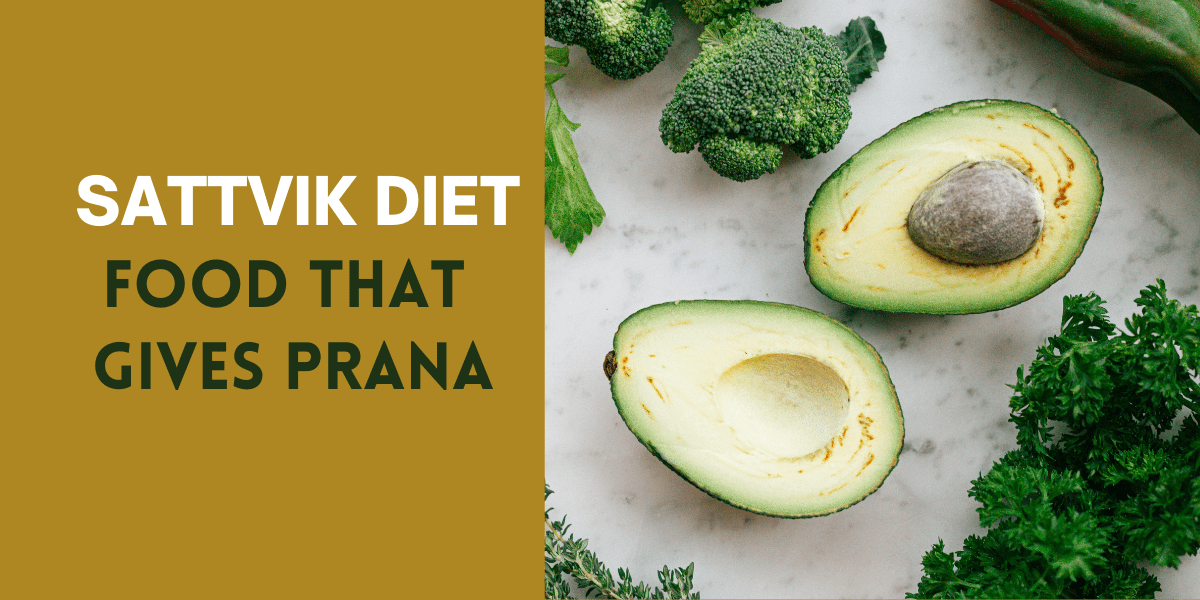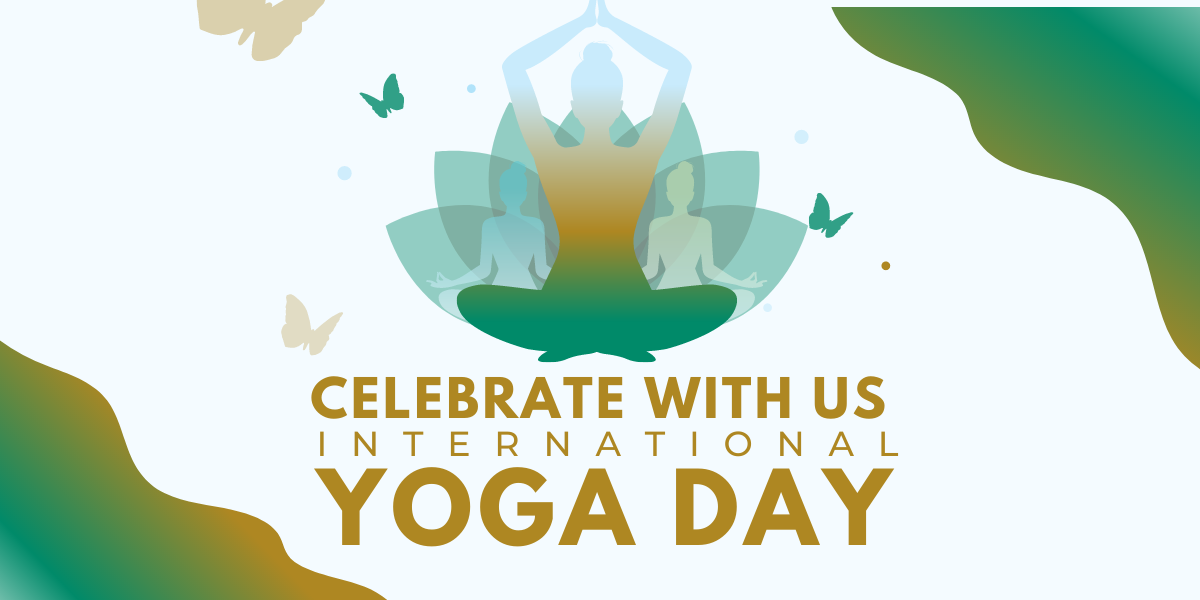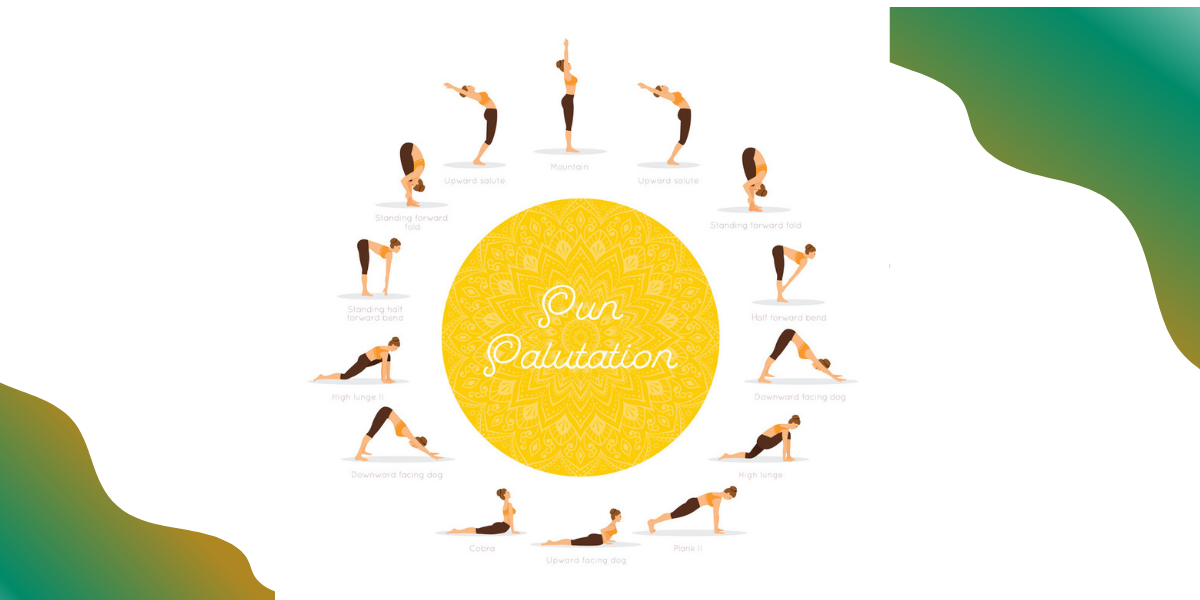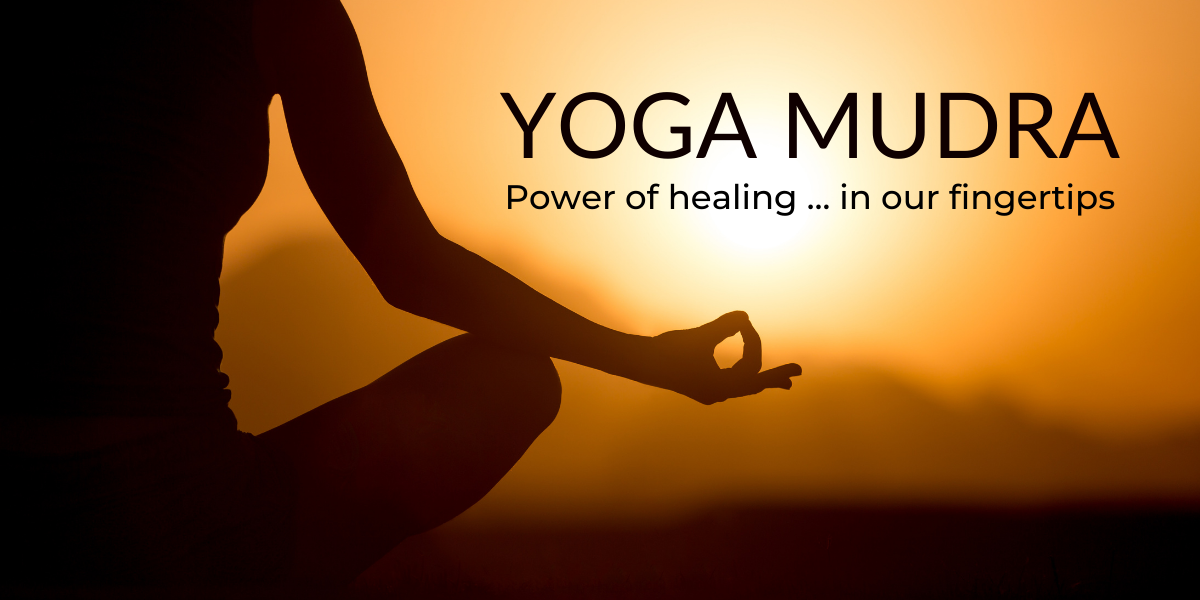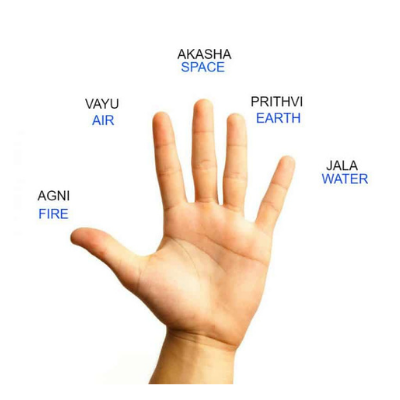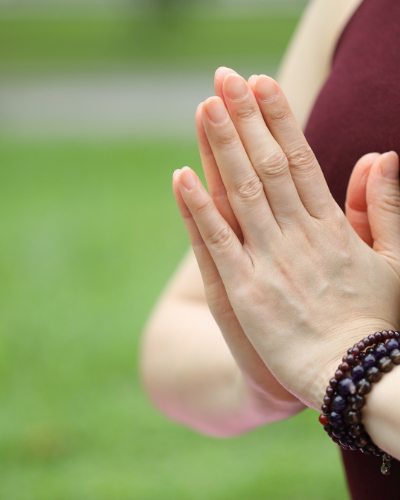Food for healing
IMPORTANCE OF SATTVIK FOOD IN YOGIC JOUNREY
A famous Ayurvedic Proverb goes.
When diet is wrong, medicine is of no use.
When diet is correct, medicine is of no need.
Our blog talks about the importance of the Sattvic diet during our yogic journey on this international yoga day.
We enter a Yoga class looking for a toned body to keep ourselves healthy, fit, and flexible. With regular practice of yoga asanas, we get our toned body, a strong core, and limbs that are flexible and agile.
Just as we try to achieve perfection with the correct posture for the asanas, it is essential to remember that we should give a healthy diet equal weightage. If we complement our Yogic journey with healthy eating habits, it can create wonders in our life. The food we eat influences our physical well-being creates an impact on our emotions and thoughts.
Food has mainly three components – Protein, Carbohydrates, and fats. In Yogic practice, food is classified into three types depending on their effect on our body and mind
Sattvic food.
Rajasic food.
Tamasic food.
Keeping in mind the principles of Ahimsa, Prana, a good yoga diet should be:
Sattvic… Sattvic food is considered the purest form and most suitable for the body and mind for a yogic body. Food should be fresh and organic. It should include plenty of fresh seasonal fruits, vegetables.
Maintain regular intervals.One should consume food at regular intervals. . One must avoid eating food two hours before yoga practice and sleep. Giving a two-hour gap after meals gives one enough power to carry out the asanas correctly.
Fasting for at least one day in a week…Select one day to fast every week. A diet of fruits and salads is ideal for fasting days. It will help to rejuvenate and assist in cleansing the system.
Conscious Eating… Mindfulness is an essential practice during meal times. Some food can cause indigestion, fatigue, bloating depending on each body. One must try to avoid that food. Food choices should support our health and age.
Ultimately, we are what we eat. A well-balanced Sattvic diet has a significant impact on our physical and emotional well-being. However, it might not be possible to follow the strict regime due to several reasons. Always listen to the needs of the body, adjust the food choices, and happy eating.
NAMASTE From
Lifestyle Yoga Family

Unhealthy diet should not be taken, that which is reheated after becoming cold, which is dry (devoid of natural oil), which is excessively salty or acidic, stale or has too many (mixed) vegetables.

